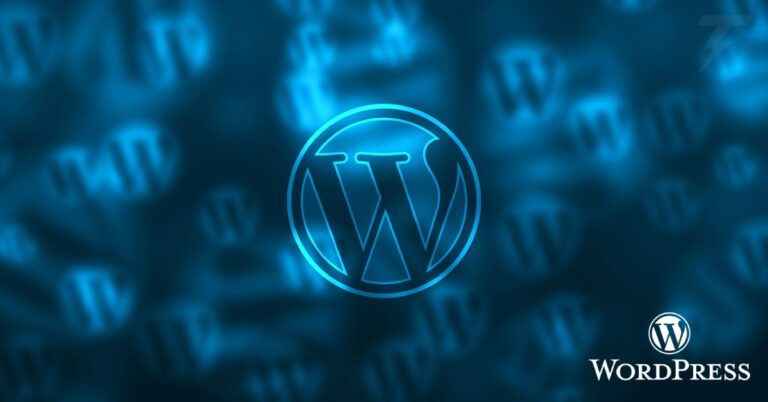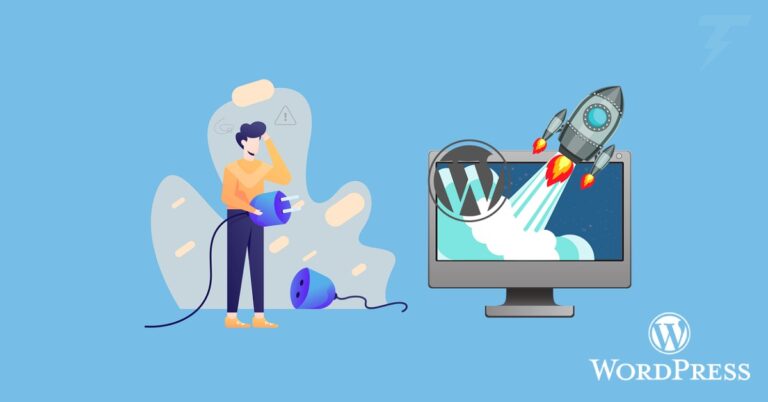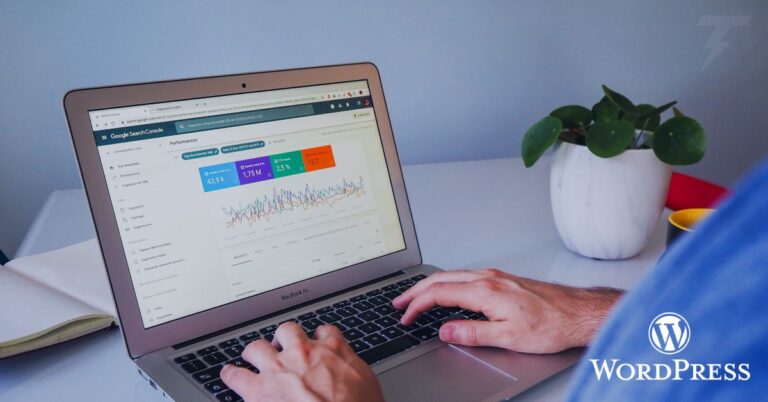In today’s fast-paced digital world, a slow-loading website can lead to frustrated visitors and missed opportunities. The speed at which your WordPress website loads not only affects user experience but also plays a crucial role in search engine rankings. This comprehensive guide will walk you through the strategies and techniques to optimize your WordPress website’s speed, ensuring a seamless user experience and improved overall performance.
The Need for WordPress Speed Optimization
Website speed directly impacts user satisfaction and engagement. A slow website can lead to high bounce rates, fewer conversions, and diminished credibility. By optimizing your WordPress website’s speed, you enhance user experience, encourage longer visits, and even boost your site’s visibility on search engines.
Focusing on Critical Areas for Speed Enhancement
Step 1: Hosting Performance
Choosing the Right Hosting Provider
Select a reliable and high-performance hosting provider. Opt for managed WordPress hosting or a reputable shared hosting plan that offers optimized server resources.
Step 2: Image Optimization
Streamlining Image Usage
Compress and optimize images before uploading them to your website. Utilize plugins or online tools to reduce image file sizes without compromising quality.
Step 3: Minification and Compression
Reducing Code Clutter
Minify CSS, JavaScript, and HTML files by removing unnecessary spaces and characters. Enable gzip compression to further reduce file sizes for faster loading.
Step 4: Browser Caching
Enhancing Return Visits
Enable browser caching to store static resources like images and stylesheets in a visitor’s browser. This speeds up subsequent visits by reducing the need to re-download assets.
Applying Effective Techniques for Faster Websites
Step 5: Content Delivery Network (CDN)
Distributing Content Efficiently
Integrate a CDN to distribute your website’s assets across multiple servers around the world. This reduces the physical distance between users and your website, resulting in faster loading times.
Step 6: Plugin Optimization
Streamlining Plugin Usage
Evaluate your installed plugins and deactivate or uninstall those that aren’t essential. Choose lightweight alternatives when possible, and ensure your active plugins are up to date.
Step 7: Lazy Loading
Loading Content Strategically
Implement lazy loading for images and videos, which means they only load when a user scrolls down the page. This conserves bandwidth and speeds up initial page load times.
Step 8: AMP Implementation
Accelerating Mobile Pages
Enable Google AMP (Accelerated Mobile Pages) to create lightweight versions of your content specifically optimized for fast loading on mobile devices.
Step 9: Reduce Redirects
Minimizing Redirects
Limit the use of unnecessary redirects, as they add extra load time to your pages. Use them only when they are essential for your website’s structure.
Monitoring and Maintenance for Consistent Speed
Step 10: Regular Testing
Continuously Evaluating Performance
Regularly test your website’s speed using online tools like Google PageSpeed Insights or GTmetrix. Address any issues or suggestions they provide.
Step 11: Continuous Updates
Staying Current
Keep your WordPress core, themes, and plugins up to date to ensure compatibility and access to the latest speed optimization features.
A Faster, More Engaging Website
WordPress speed optimization isn’t just about a snappier website; it’s about creating a seamless and engaging user experience. By employing these strategies, you’re setting the stage for a website that loads quickly, engages visitors, and outperforms the competition. A faster website not only satisfies users but also establishes your brand as a reliable and credible online presence.



